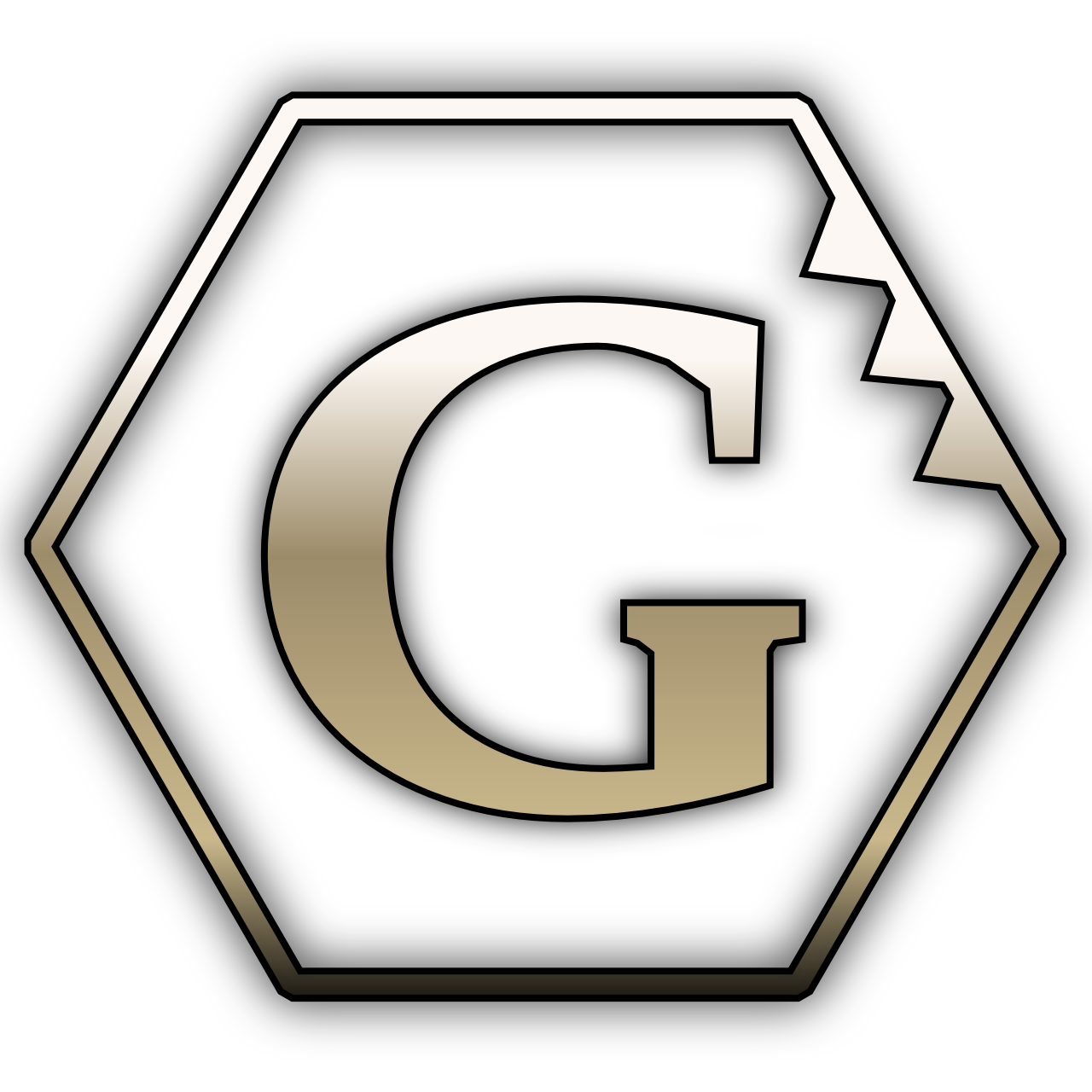 The first beta release of pygplates (the GPlates Python library) is now available for download.
The first beta release of pygplates (the GPlates Python library) is now available for download.
pygplates enables access to GPlates functionality via the Python programming language. This may be of particular use to researchers requiring more flexibility than is provided by the GPlates user interface.
The following pygplates functionality is available:-
- Load and save feature data (GPML, Shapefile, etc)
- Create/modify/query feature data
- Traverse/modify/query plate rotation hierarchy
- Partition into plates and assign plate properties
- Reconstruct geometries, flowlines, motion paths
- Resolve topological plates and query their boundary sections (ridges/subductions)
- Calculate velocities
- Distance between geometries (region-of-interest queries)
- Geometry queries (length, point-in-polygon, area, centroid, tessellate, interpolate, join, partition)
The pygplates documentation and tutorials are also available from the GPlates site.
The pygplates documentation includes:-
- an introduction to pygplates,
- an installation guide,
- a ‘Getting Started’ tutorial,
- documented sample code,
- foundations of pygplates, and
- a detailed reference of pygplates functions and classes.
…to install pygplates please follow the installation instructions.
The pygplates tutorials are Jupyter Notebooks that analyse and visualise real-world data using pygplates. These tutorials complement the sample code in the pygplates documentation by providing a more research-oriented focus.
![]()

